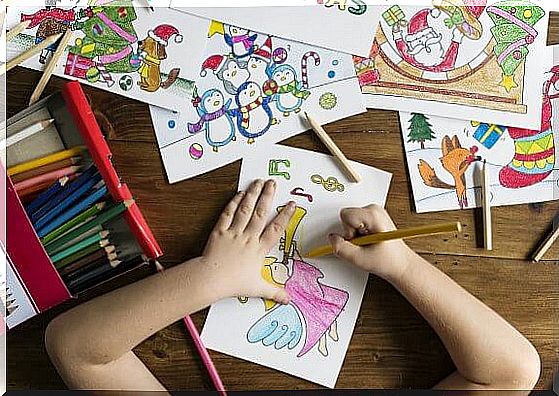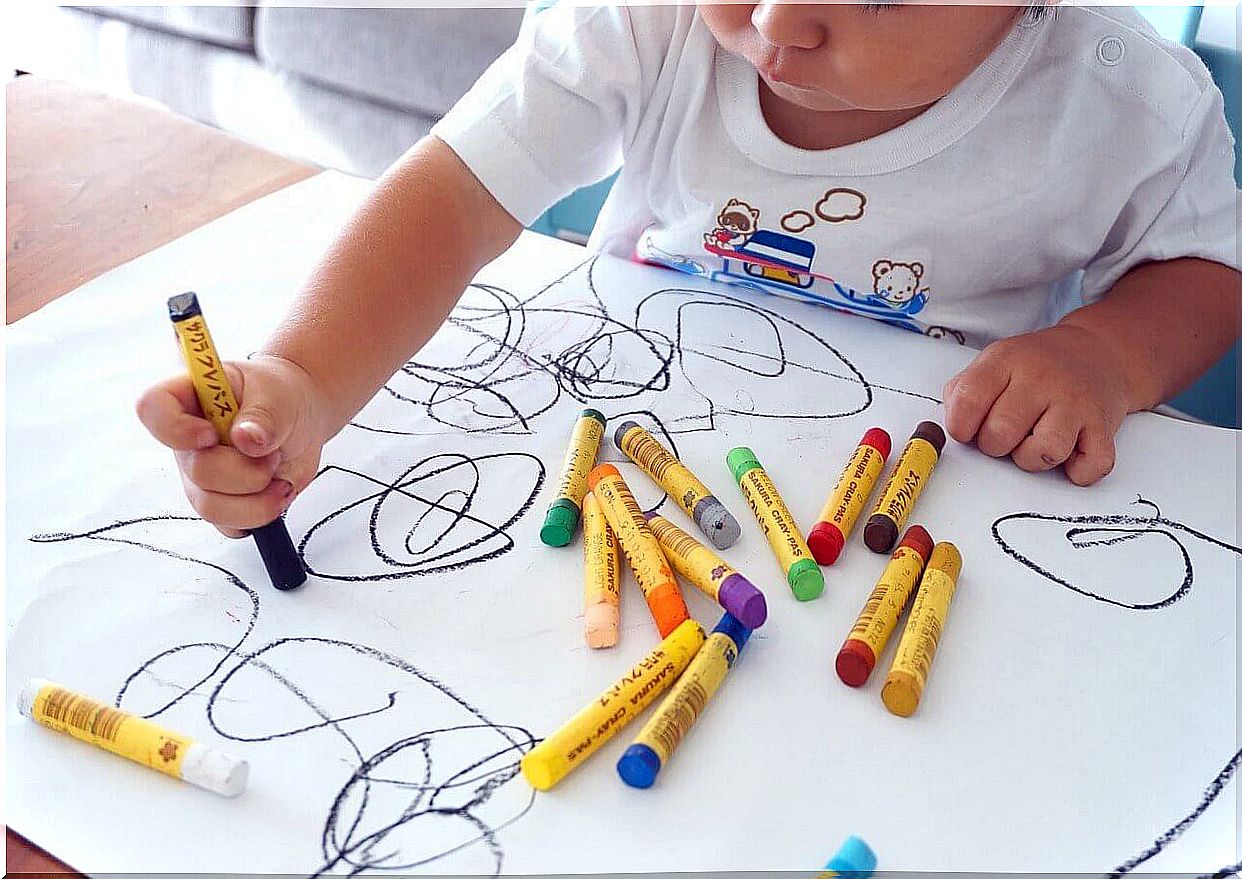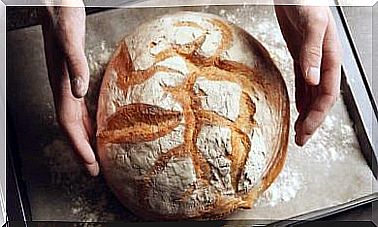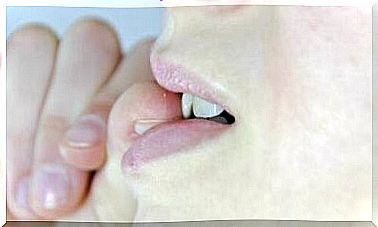How Your Children Benefit From Painting
If you encourage your children to paint, you are promoting a lot more than just their artistic expression!

Do you know the benefits that painting has for your child? We invite you to get to know them. Painting is ideal for developing your motor and mental skills. It also strengthens learning and psychological and emotional development.
Let your children paint a lot!
The benefits of getting your child to paint are numerous, and the good thing is, the kids love it. They don’t worry about what others will say about their “paintings”, they have no prejudice to show their drawings, and no emotional or mental barriers when they paint.
Your child can do magic with just a few colors and paper. Sometimes we only see a few lines. At other times, you suddenly see in your child a future Salvador Dalí.
In addition, you can take part in the creative activity yourself and strengthen the bond with your child. So unpack the colored pencils and start painting!

Promote rationality, emotionality and creativity
Painting enables children to strengthen the rational side of their brain, the left side, and the emotional and creative side that corresponds to the right side. Drawing the child leads to the further development of his brain in a very playful way.
When a child masters and controls fine motor movement, the graphic layout matures on a psychological, motor, intellectual and affective level. Drawing is a great skill that we should cultivate in children from an early age.
Painting encourages imagination and creativity
Children do not know which words are written on paper, so you can fascinate them by looking at stories with lots of colors and drawings. It’s practically the language they understand.
When your child starts to paint, the path to imagination opens up. By drawing lines on a sheet of paper, it begins to represent characters and objects that it selects from its surroundings. It also begins to verbalize what it is doing. “That there is the grass, the tree, …”
The child uses his drawings as a support for incredible and fantastic stories that he owes to his imagination. Take the opportunity to explore your little one’s world, ask them about his drawings and you will be surprised by the wealth of his inventive talent.

Painting develops the coordination of the brain, eye and hand
The first few lines a child scribbles are not very meaningful. At this point the child has not yet developed coordination between the brain, eye and hand. Therefore his drawing will be without order and meaning and will also go beyond the edge of the paper.
Let your child take the pen however they want, they experiment. There is a lot of pressure on the hand, the movements coming from all over your arm and sometimes from your whole body as if you were dancing with a pen.
Little by little, the child perfects the drawing. You will find more and more that the movements it makes are related to the lines on paper. Drawing develops fine motor skills as it encourages finger movement, which later makes the writing process easier.
Drawings show your child’s developmental stages
Your child’s drawings show the stages and processes of his development, e.g. B. when the child starts to walk or starts to speak. The drawing also goes through stages as the child grows and matures. At first, your child will only draw uncoordinated lines with the pen.
After about 18 months the phase follows in which the lines are more orderly and last up to 3 or 4 years. Then come the prehistoric drawings up to the age of 6.
Clear the stage for the unforgettable human stick figures, a circle to represent the head and two vertical lines to represent the legs, which are common at this stage.
As soon as you recognize yourself and your family represented on such a work of art for the first time, we guarantee that you will literally “die” of pride and love for your child.

Stimulates concentration and the sense of observation
The advantages of painting also include the incentive to focus and perseverance. It helps children organize their ideas and the perception of their surroundings as the child draws on what they know how to draw.
This also stimulates the feeling of observation. This causes the brain to represent reality on paper. This promotes the development of visual perception and abstract thinking.
Painting favors emotional intelligence
Painting or drawing improves the emotional intelligence of children, as children recognize emotions that they can later express with colors on paper.
One of the benefits of drawing is that it strengthens the mental health of the little ones. This activity calms and calms them, solves small problems or complicated situations that they perceive around them. It enables them to have fun and enjoy themselves.
When a child begins to master the graphic layout, it matures psychologically, emotionally, motor and affectively. This contributes to the formation of his personality.

Boosts self-esteem
Drawing, painting or even handicrafts strengthen self-esteem. Children want to stand out with their artistic skills. That brings them joy and satisfaction. You feel like you are doing something important.
Then they give us their first works of art with great pride. For them it is something historical and also for their development. That is why it is so important to promote and embrace your artwork.
Take the opportunity to become interested in what your children are painting and doing. Painting is one of the first forms of communication and expression. You are exploring something like a new language with it.
Develops sensitivity
Children convey their emotions with the drawing. Through art, children build bridges between their feelings and their knowledge. One benefit of drawing is that by capturing a picture on paper, your child is changing the world around them and their experiences with it.
Important:
Never force your child to draw if they don’t want to at the moment. Respect their rhythm, the day will come when your child will draw their attention to drawing or painting. Let them choose the colors and what they want to draw.
Always praise your child for the drawings they have made. You will see how this increases his self-confidence and strengthens his artistic skills.









